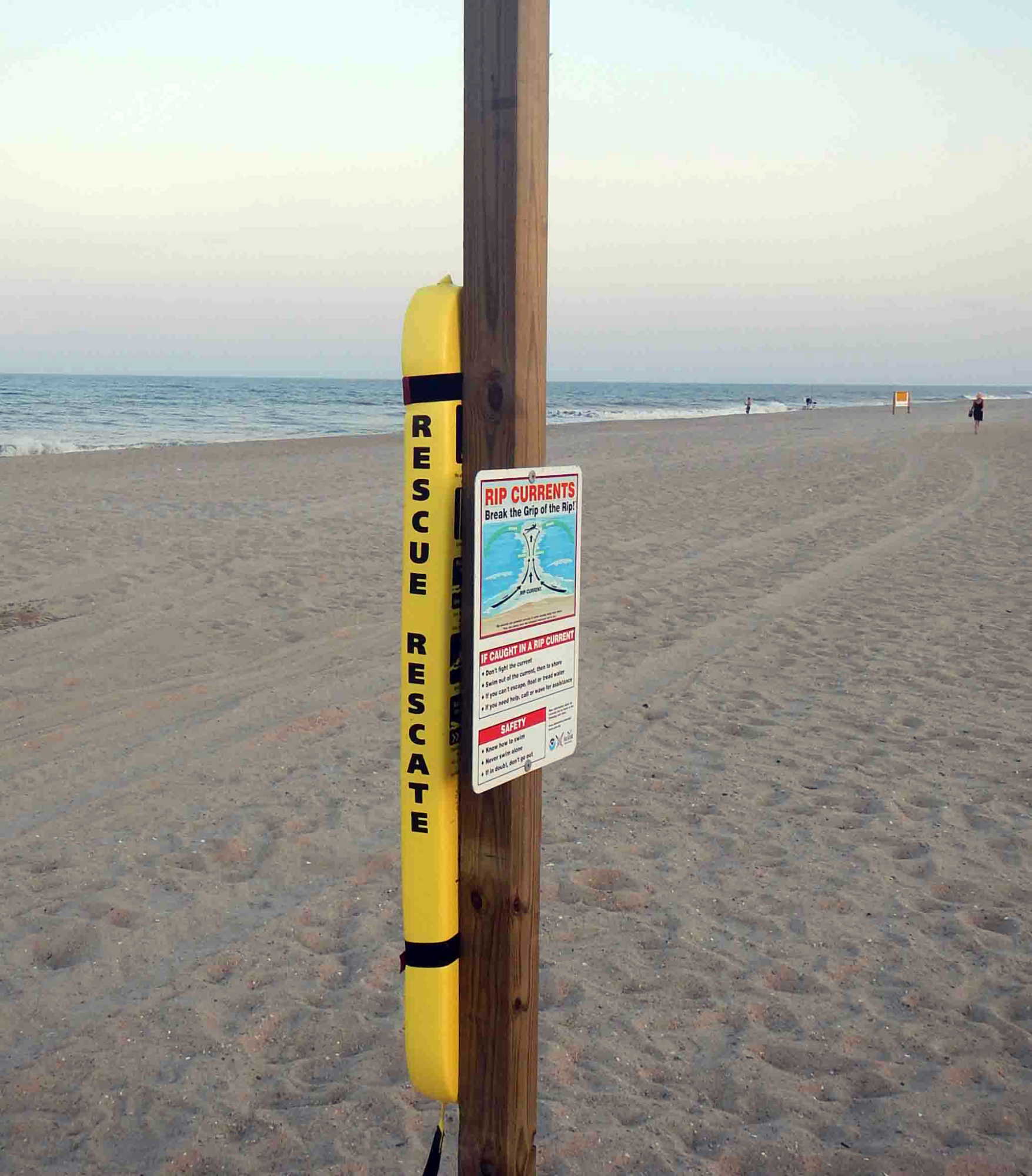By Bruckner Chase, Ocean Positive, Inc. - CEO / Founder

Training and equipment allow an ocean lifeguard to take heroic action alongside a team of professional rescuers when someone is in trouble, but the way these surf lifesaving professionals think, watch, and assess changing open water conditions is what protects millions of coastal visitors every year. On any beach or shoreline, the best lifeguard is one who knows how to stay safe. While we may not be able to swim like a lifeguard, we can all think like one. Whether the person in trouble is you or someone else, the best thing you can do is relax and stay calm. The most important tool that any lifeguard brings into a rescue situation is a calm state of mind so that they can make decisions that protect themselves and others, ensuring additional support and help has time to arrive. Whether or not you ever learn to swim like a lifeguard, you can start thinking like one today to keep yourself and others safe on the shore.
 Let’s start by remembering to always respect the ocean and the weather, which can dramatically affect the water. Before visiting a beach, check the local weather and water forecast for the specific location you are visiting. An airport weather station just a few miles inland can have dramatically different weather than the shoreline. National Weather Service (NWS) coastal forecasts and warnings can improve your beach experience and help alert you to dangerous conditions. High Surf Advisories and Warnings and Rip Current and Beach Hazards Statements may mean choppy surf and dangerous currents for those wanting to play in the waves. A new NWS Rip Current Forecast Model provides information to NWS forecasters so they can better alert you to potential dangers from strong rip currents. Winds that are forecast to change direction and strength during the day may mean calm conditions in the morning and dangerous conditions when you come back after lunch.
Let’s start by remembering to always respect the ocean and the weather, which can dramatically affect the water. Before visiting a beach, check the local weather and water forecast for the specific location you are visiting. An airport weather station just a few miles inland can have dramatically different weather than the shoreline. National Weather Service (NWS) coastal forecasts and warnings can improve your beach experience and help alert you to dangerous conditions. High Surf Advisories and Warnings and Rip Current and Beach Hazards Statements may mean choppy surf and dangerous currents for those wanting to play in the waves. A new NWS Rip Current Forecast Model provides information to NWS forecasters so they can better alert you to potential dangers from strong rip currents. Winds that are forecast to change direction and strength during the day may mean calm conditions in the morning and dangerous conditions when you come back after lunch.
Wave and water conditions can vary from beach to beach, and even a slight variance in the direction that a beach faces can dramatically impact how waves and wind affect that section of beach. Winds blowing just 10 mph in a direction along or towards the beach can make water near the shore more dangerous. Winds blowing away from the beach can create calmer looking waters, but they can also push someone on a float or board far from shore. Winds blowing perpendicular to shore can create more frequent and stronger rip currents.
Being familiar with a specific beach does not mean you know EVERY beach. Even lifeguards working in a new location will check with peers for local information on that spot. Most ocean tides change on about a 6-hour cycle; water depths can change by as little as a foot or by more than 5 feet depending on where you are. Changing tides can cause strong currents, and changing water depths can hide or expose shoreline dangers. Stay away from jetties and piers, and look for posted signs or natural indicators such as breaking waves that may indicate hidden sandbars, rocks, or reefs.
Although informed on dangers like rip currents and threatening weather, ocean lifeguards know they should never turn their back on the ocean while monitoring constantly changing crowds and conditions. If you see someone in danger, the first and best thing to do is “Take Ten” -- take 10 seconds to assess the situation. Don’t just dive in!
Lifeguards follow the same steps before running into any rescue. They signal others, radio for support, and grab a rescue float or other gear before they get wet. You should too. Think like a lifeguard.
You can help educate people about how to stay safe where rip currents form by going to https://www.weather.gov/safety/ripcurrent-toolkit
For more information on NOAA' s Wave Safe resources go to https://oceantoday.noaa.gov/